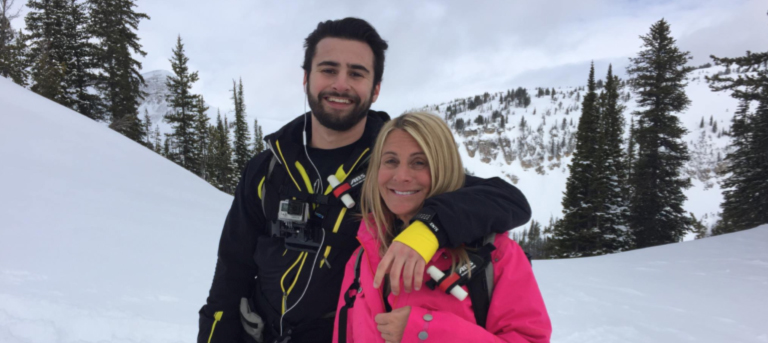By: Sammi Elefant
Jesse Galganov, a dual Canadian/American citizen was last heard from on September 28, 2017. He left for an eight-month backpacking trip across South America and Southeast Asia last month. The Montreal native was traveling prior to beginning medical school. His mother, Alisa, knew something was wrong when she hadn’t heard from her son after a few days.
Alisa filed a missing person’s report with the U.S. State Department and contacted the Peruvian Embassy and Canadian American Embassies because of her son’s status as a dual citizen. Working with the Peruvian National Police and a team of investigators, Alisa was able to confirm that Jesse left Lima on a Cruz del Sur Bus on September 27th and arrived in Huaraz at 6:30am on September 28th. Security cameras at the bus depo captured Jesse leaving the station that morning and walking toward the Kame House Backpacker Hostel, where he was planning to stay that evening.
The Peruvian police reported that Kame House employees gave conflicting stories about whether or not Jesse stayed at the hostel. Friends were able to confirm Jesse made it to the hostel because of snapchats he sent them. The local district Attorney is now conducting a criminal investigation, and Jesse’s family has said abduction is the only plausible theory right now.
Technology plays a critical role in locating missing people. Cell phones connect to a literal “cell.” A mobile carrier always knows which cell site a person’s phone is using, and this gives the carrier an idea of the person’s location. Networks are able to identify how far each cell phone user is from a cell tower and they can use data from nearby towers to triangulate the location. WiFi and GPS access points are also helpful, although this information must be retrieved by applications on the device(s) and is not normally known by the cell phone network.
Alisa has stated that Apple, T-Mobile, and Amazon have not been cooperative with the investigation – although the information these tech giants maintain is critical to finding Jesse. The catch is that cell phone companies will not release information location data to users because call detail records contain all calls, made or received, including calls where numbers are blocked. The Federal Communications Commission has a rule requiring that cellphone networks do not disclose blocked numbers. The government can bypass this rule if they are seeking “basic subscriber information” by issuing a subpoena according to 18 U.S.C. §2701 et seq. Carriers such as T-Mobile are only permitted to release data to a customer when there is a valid legal demand for it, namely a court order based on specific facts and probable cause.
The protections afforded by the FCC are far outweighed by the core value of public safety. In a case such as Jesse’s, cooperation by Apple, T-Mobile, and Amazon in disclosing the data they have from his devices can keep the investigation moving forward and help his family find him. Any privacy interests a consumer may have in their devices should not be held so tightly when an emergency situation arises. We give our data away every time we browse the web or use social media – the stakes are too high to claim right to privacy when there is a life on the line.
Jesse’s family is offering a $10,000 USD reward for any information that can lead to him being found. E-mail helpusfindjesse@gmail.com with any information and sign this petition to pressure Apple, T-Mobile, and Amazon into releasing critical data: https://www.change.org/p/we-demand-that-apple-t-mobile-and-amazon-release-information-concerning-a-missing-person-abroad?recruiter=64853284&utm_source=share_petition&utm_medium=copylink&utm_campaign=share_petition&utm_term=psf_combo_share_initial.combo_new_control_progress_10183fake
Student Bio: Sammi Elefant is a Chief Note Editor on the Journal of High Technology Law. She is currently in her third year at Suffolk University Law School. Sammi holds a B.S. in Marketing Communications, and a B.A. in Writing, Literature & Publishing from Emerson College.
Disclaimer: The views expressed in this blog are the views of the author alone and do not represent the views of JHTL or Suffolk University Law School.

